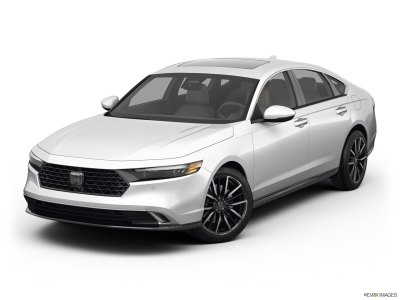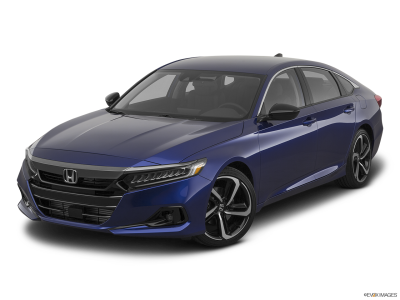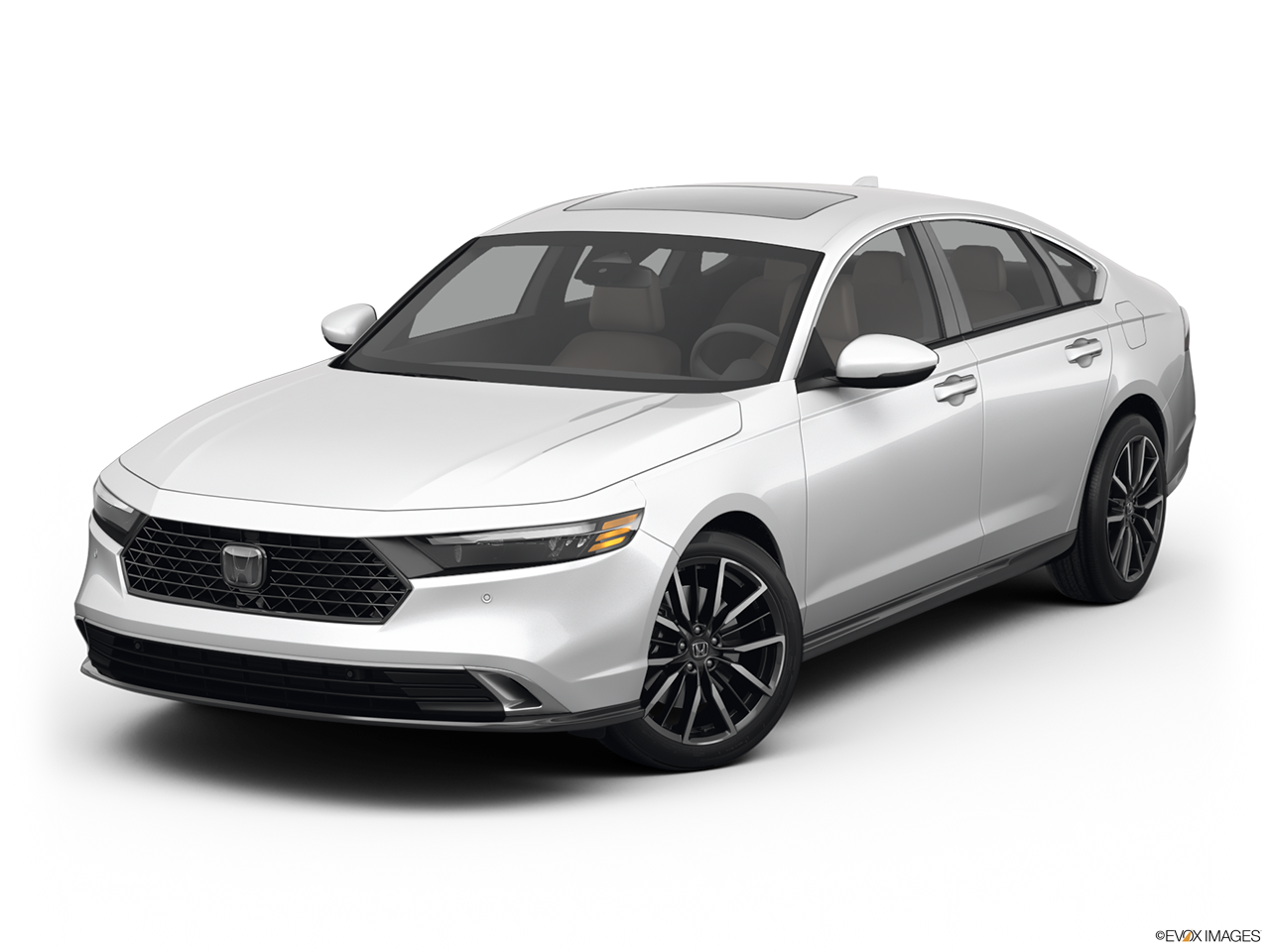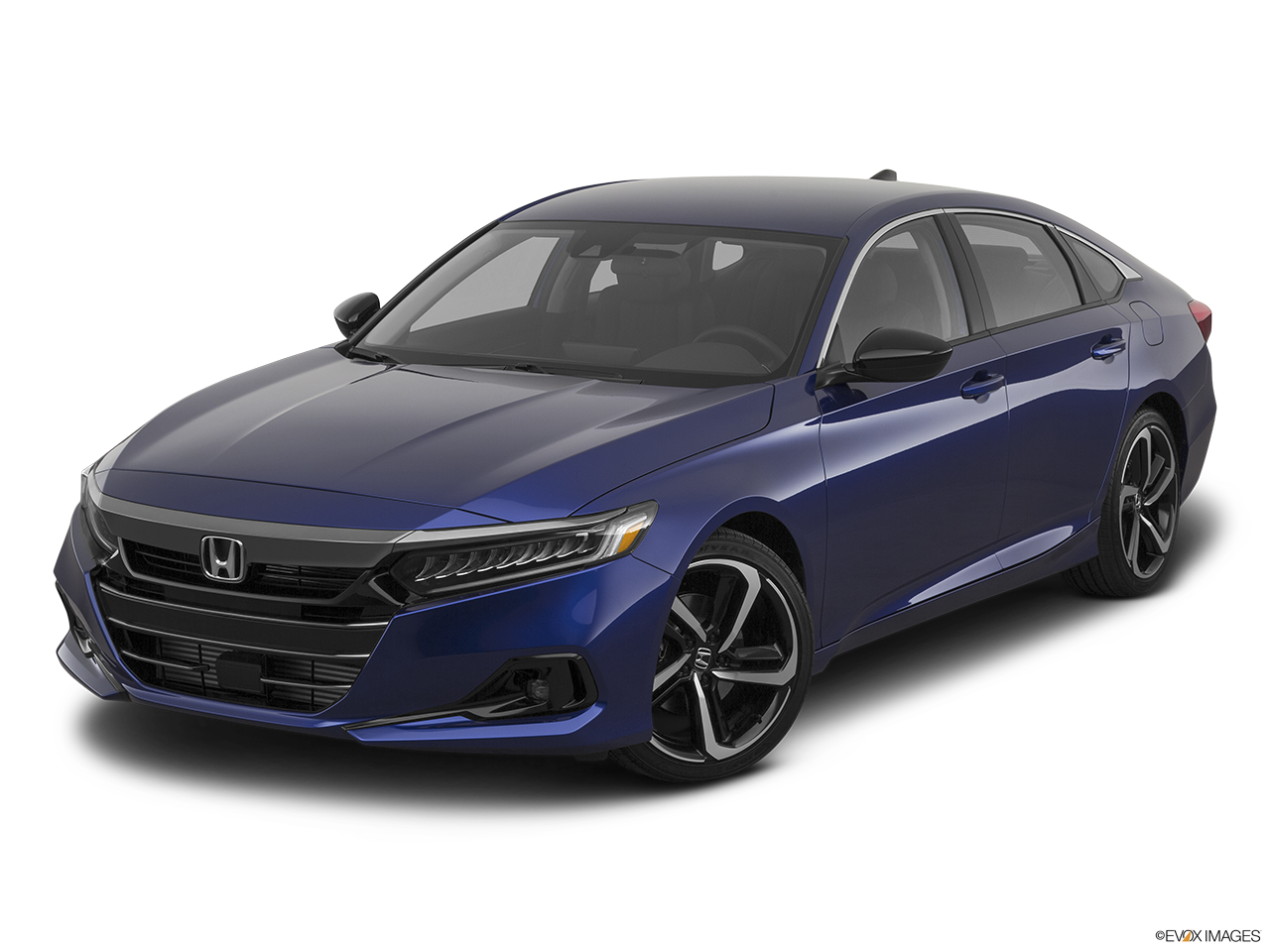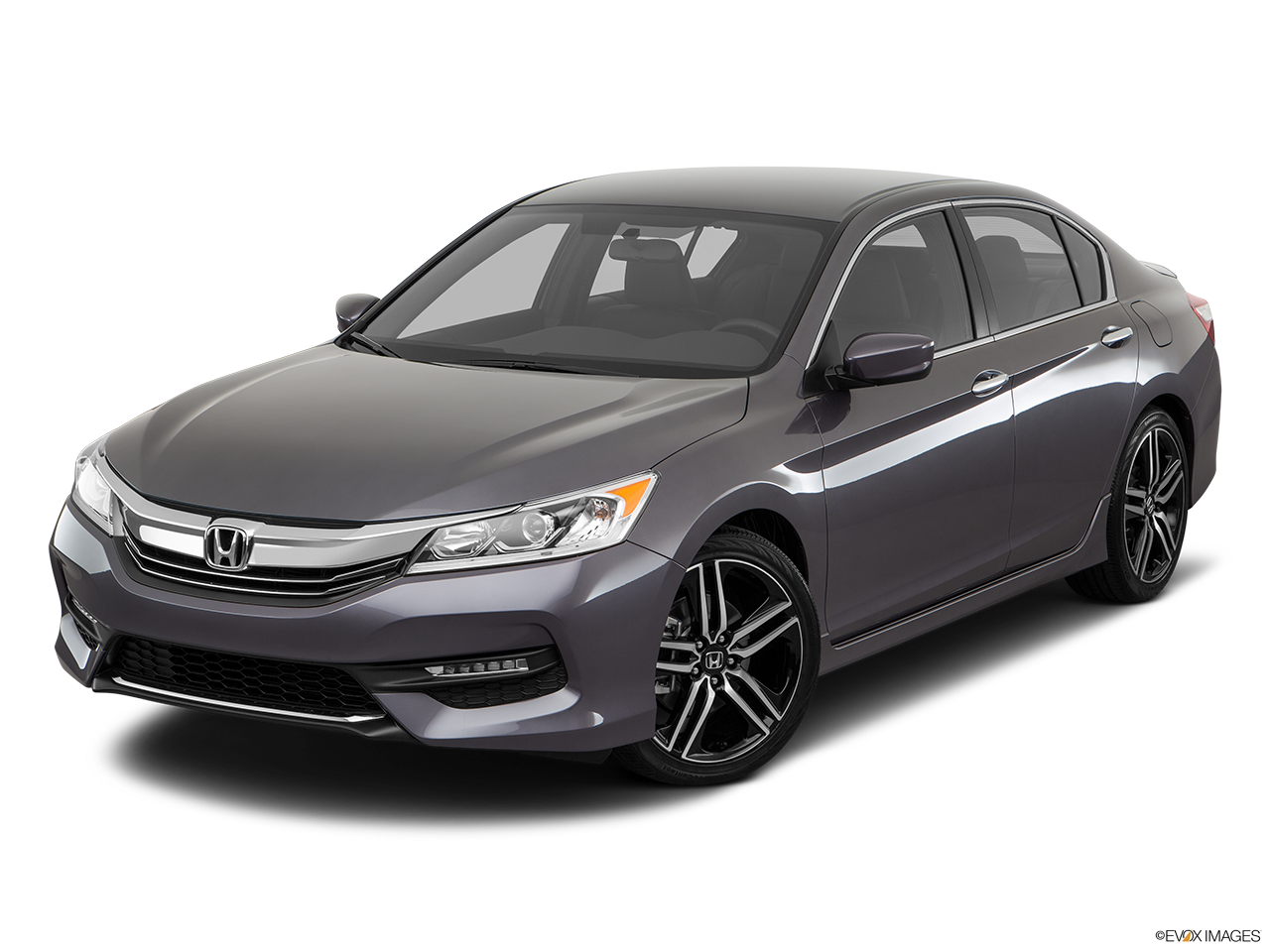
Eleventh generation Honda Accord
The 11th generation Honda Accord will be familiar to fans of the 10th generation. It received styling updates, including a sportier front-end and sleeker profile, and brought a greater focus to Honda's hybrid powertrain. The only trims you can get with a gas engine are the LX and EX, while the 2.0-liter turbocharged engine has been retired completely.
Most of what made the Accord popular remains in the 11th generation. It's comfortable, roomy and pleasant to drive. Fuel economy is an excellent 48 mpg combined on hybrid models according to the EPA, and solid on non-hybrid models at an EPA-estimated 32 mpg combined. But many of the Accord's best features are reserved for the top trim levels, which hurts the Honda's value proposition.
Model highlights
Standard Apple CarPlay® and Android Auto™
A collection of standard driver aids known as Honda Sensing®
Good fuel economy
Wi-Fi hotspot capability
USB-C charging ports
Tenth generation Honda Accord
The 10th generation Honda Accord is the most highly rated car in its class by Edmunds and is only available as a four-door sedan. It comes standard with Apple CarPlay® and Android Auto™, so it's easy to integrate your smartphone into the touchscreen. It also has Honda Sensing®, which adds extra driver assist features such as forward collision warning and adaptive cruise control.
The standard 1.5-liter engine provides more than adequate power and excellent fuel economy estimates, but the 2.0-liter is undeniably more fun to drive. The Accord Hybrid offers a fuel-efficient alternative that splits the difference between the two gas-only engines in terms of power and offers an EPA estimate of up to 47 mpg combined.
Model highlights
Standard Apple CarPlay® and Android Auto™
Standard advanced driver assist features
Powerful engines
Available head-up display (HUD)
USB input and charging
Ninth generation Honda Accord
Available as a four-door sedan or a two-door coupe, ninth generation Accord models offer generous interior and cargo space and a sporty driving persona with three engine choices. The base engine is a 2.4-liter four-cylinder with good power and estimated fuel economy.
Higher level trims are available with a 3.5-liter V6 with 278 horsepower. It’s not as fuel-efficient as the four-cylinder, but it is the most powerful engine ever offered in an Accord. In 2014, Honda introduced a new Accord Hybrid with an EPA estimate of up to 47 mpg combined.
For just the 2014 model year, Honda offered an Accord Plug-In Hybrid in limited markets, with up to 13 miles of EPA-estimated electric-only range. For the 2016 model year, the Accord underwent a significant update, with new styling, the addition of the Honda Sensing system of driver assist aids to the options list, and Apple CarPlay and Android Auto smartphone integration on some trims, and an updated Accord Hybrid with more power and slightly improved trunk space.
Model highlights
Available Apple CarPlay® and Android Auto™ (2016-2017)
Available advanced driver assist features (2016-2017)
Bluetooth
Standard USB audio input and charging
Standard backup camera
Accord Coupe available with V6 engine and six-speed manual transmission
Accord Plug-In Hybrid available for single model year (2014)
Similar vehicles
Customers who look at a Honda Accord also often look at these similar vehicles:
Changes by year
Latest generation from 2023 - 2025
2025 Honda Accord

Highlights
All Accords now feature rear seat air vents and USB-C ports
All hybrid models add heated front seats and a wireless phone charger
SE trim replaces EX trim
Touring trim also gets a standard heated steering wheel.
Learn more
2024 Honda Accord
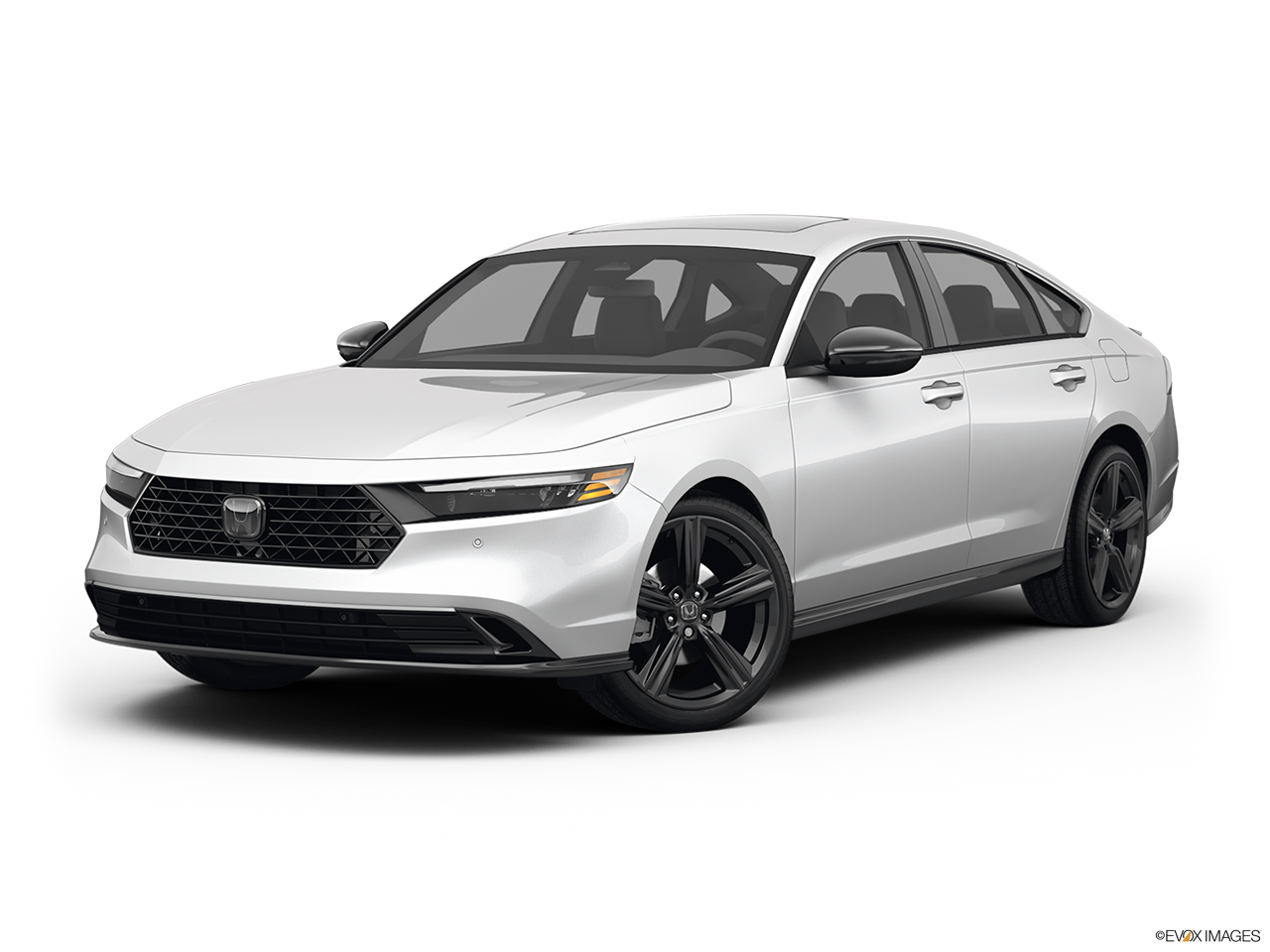
2023 Honda Accord

Highlights
Redesigned exterior
Hybrid powertrain standard on Sport trim and above
Turbocharged 2.0-liter engine retired
New 12.3-inch touchscreen on hybrids
Learn more
Previous generation from 2018 - 2022
2022 Honda Accord

2021 Honda Accord
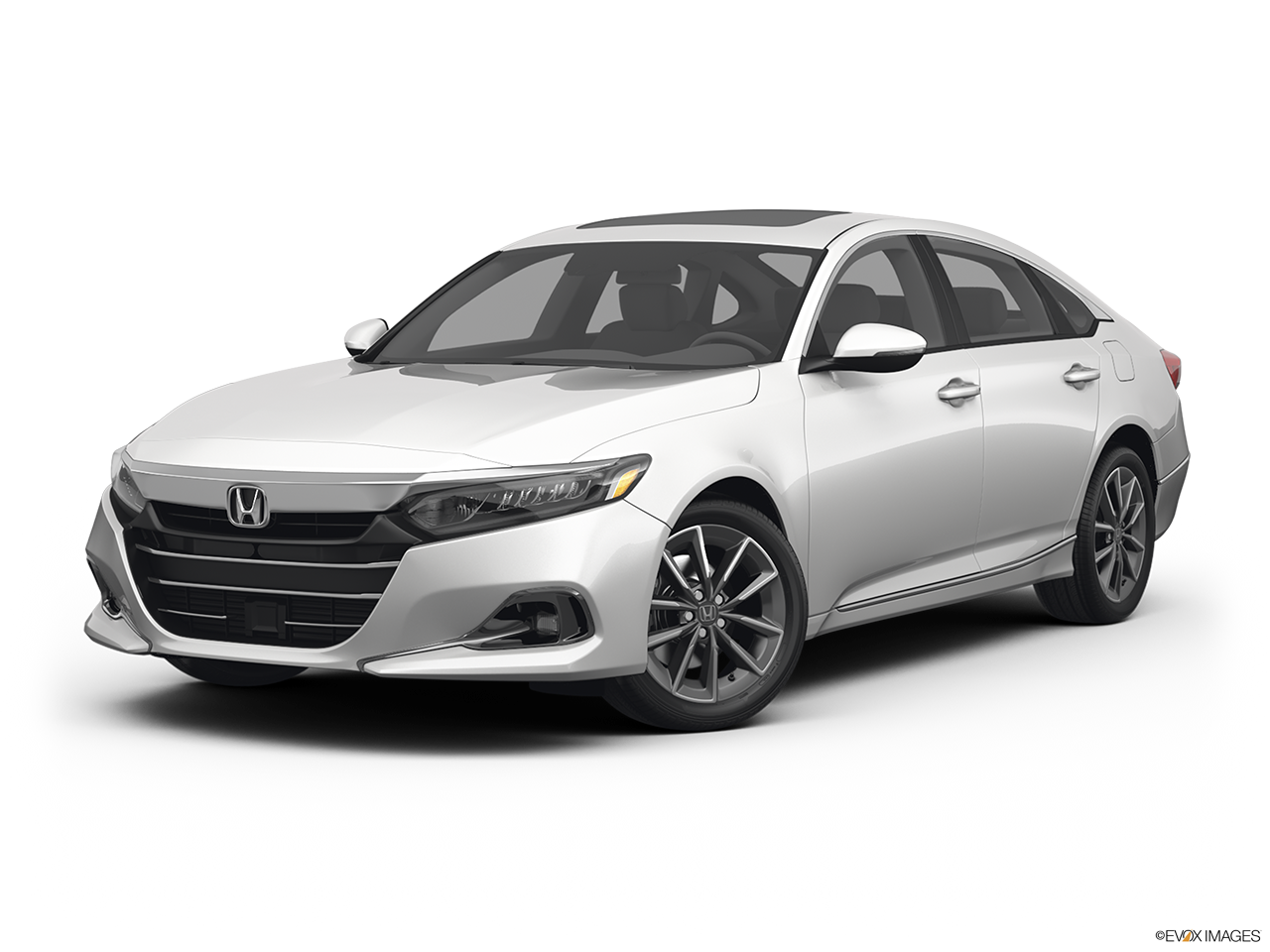
Highlights
Entire lineup refreshed with slight styling and feature changes
Wireless Apple CarPlay® and Android Auto™ (EX-L, Sport 2.0T, Touring)
New Sport SE model adds popular features such as leather seating, heated front seats, and a power passenger seat
Learn more
2020 Honda Accord
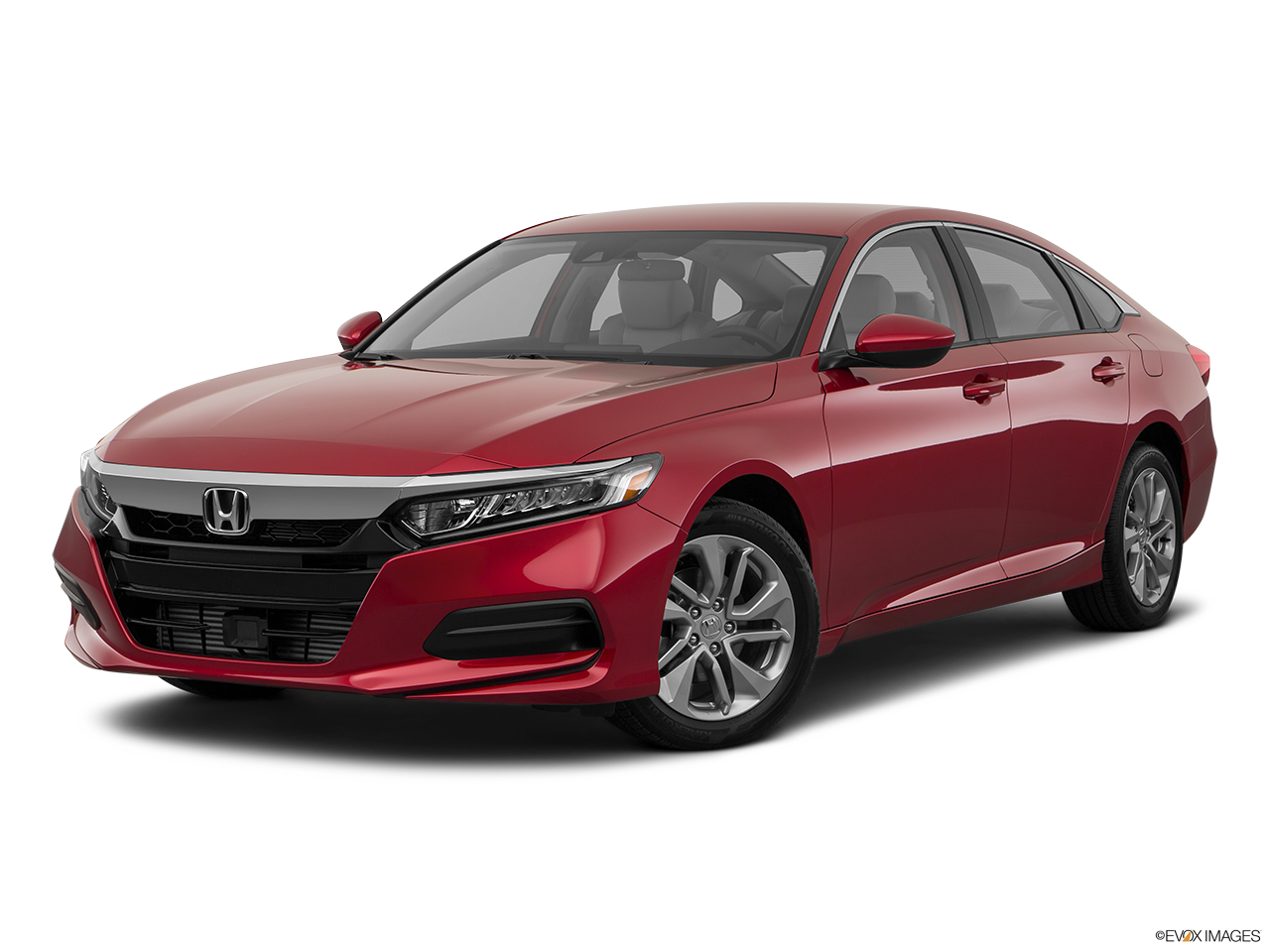
2019 Honda Accord
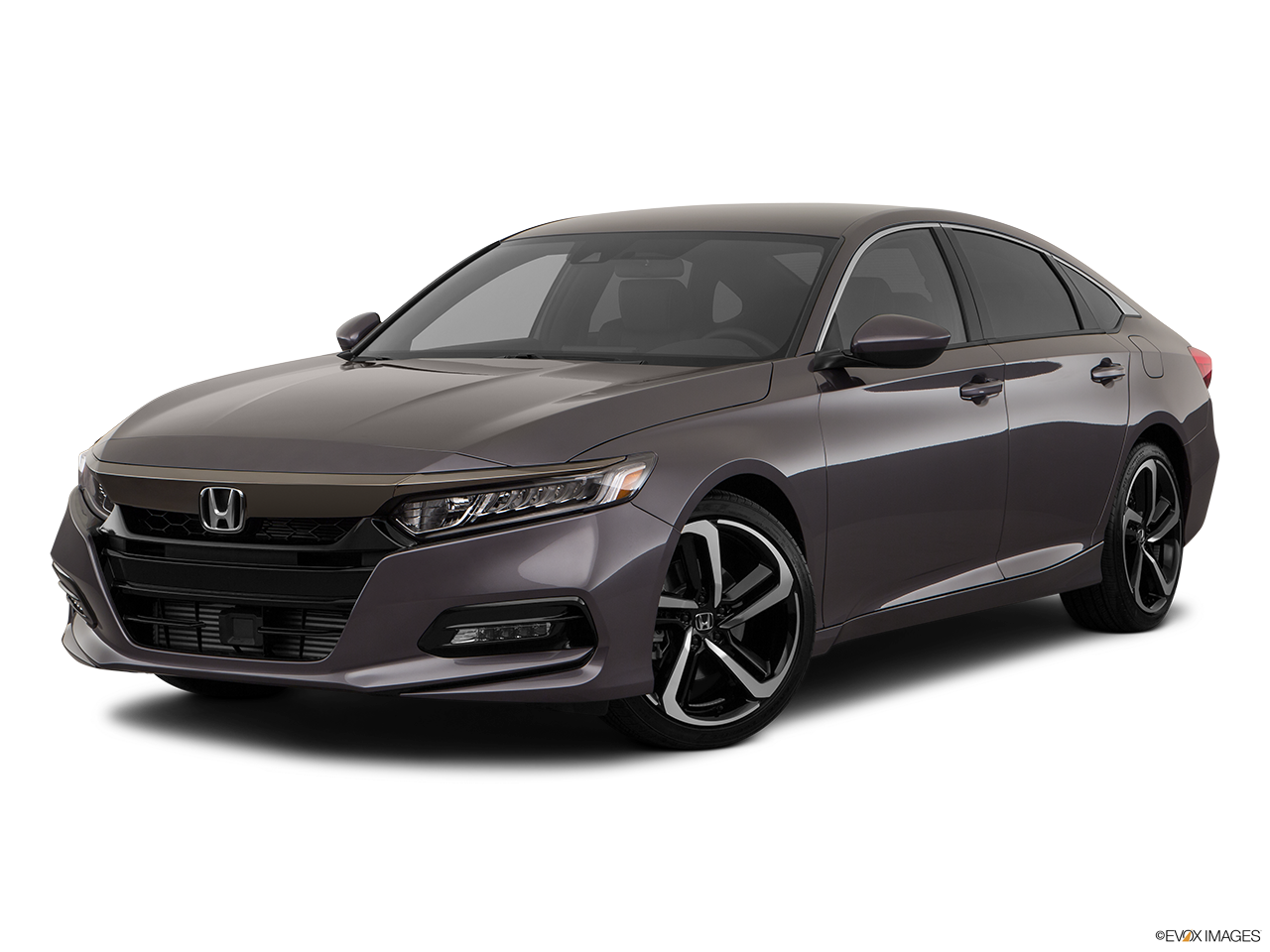
Highlights
Touring no longer available with 1.5-liter engine
Learn more
2018 Honda Accord
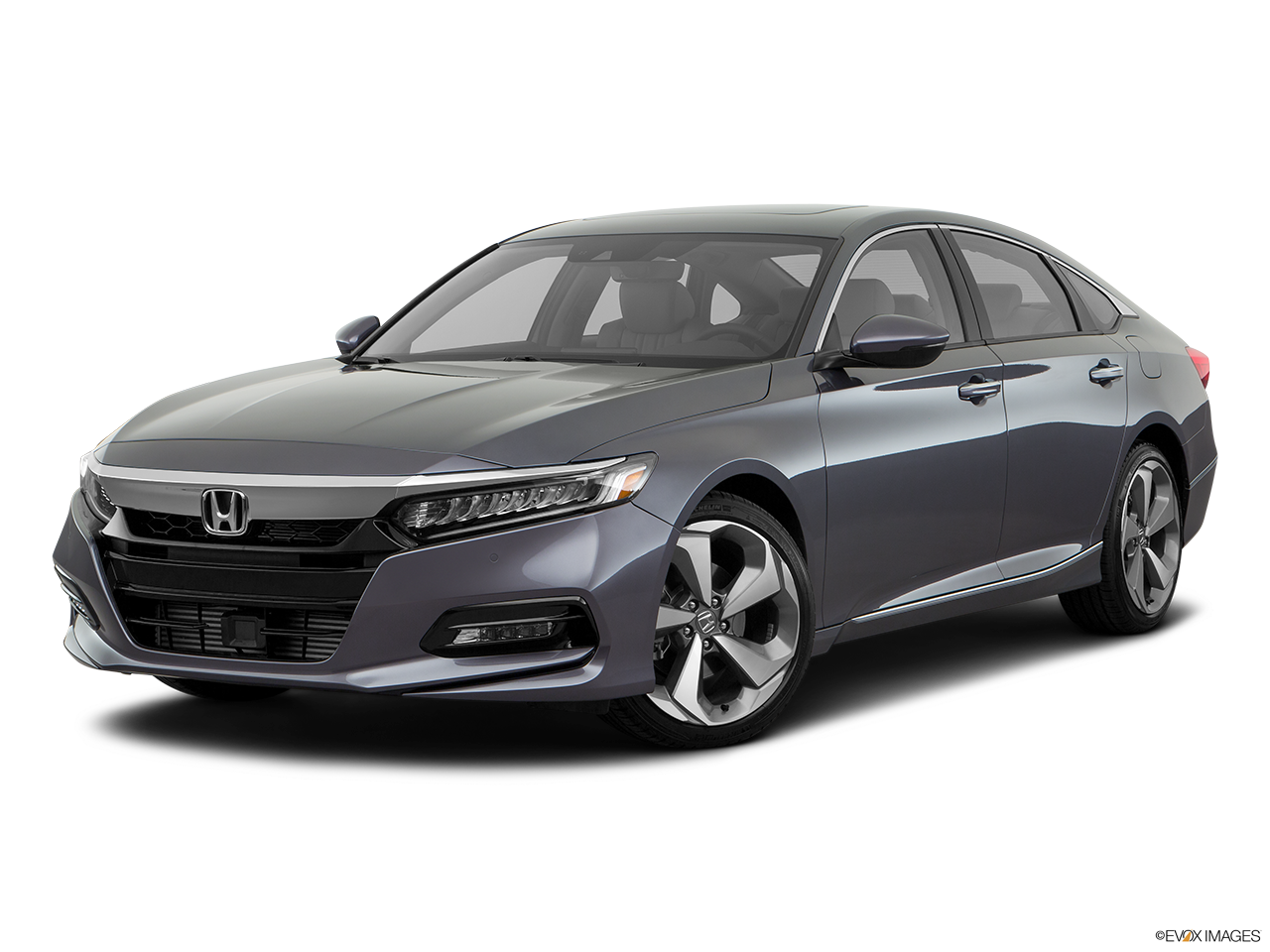
Highlights
All-new design is lower, wider, and sportier than predecessor
Turbocharged four-cylinder engines offer significantly better EPA estimates
Improved touchscreen infotainment system
Accord two-door coupe no longer offered
Learn more
Previous generation from 2013 - 2017
2017 Honda Accord
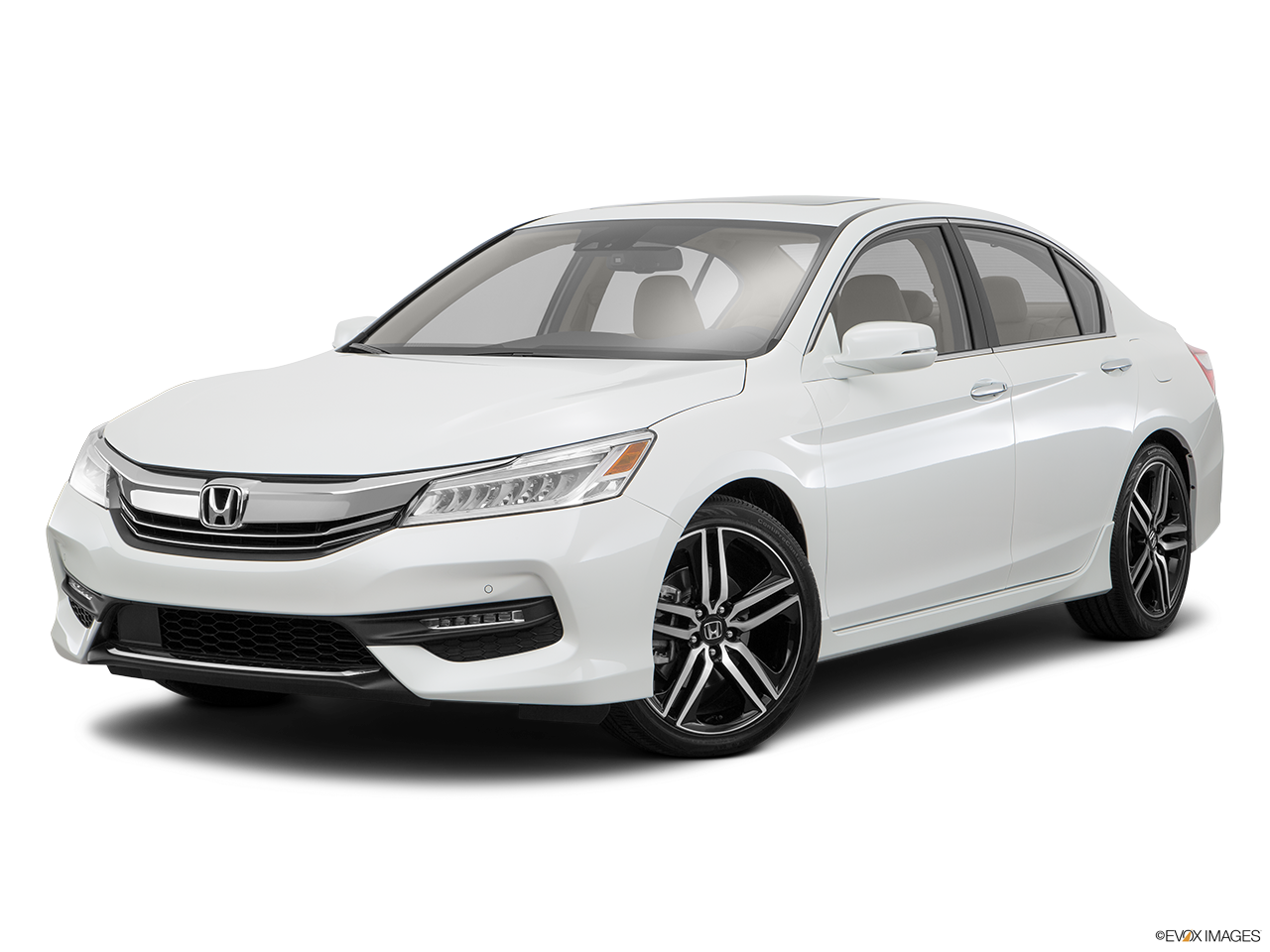
Highlights
New Sport Special Edition sedan adds heated leather seats with red accent stitching to Accord Sport
Accord Hybrid returns to lineup with more power, better fuel economy, and a slightly larger trunk
Learn more
2016 Honda Accord
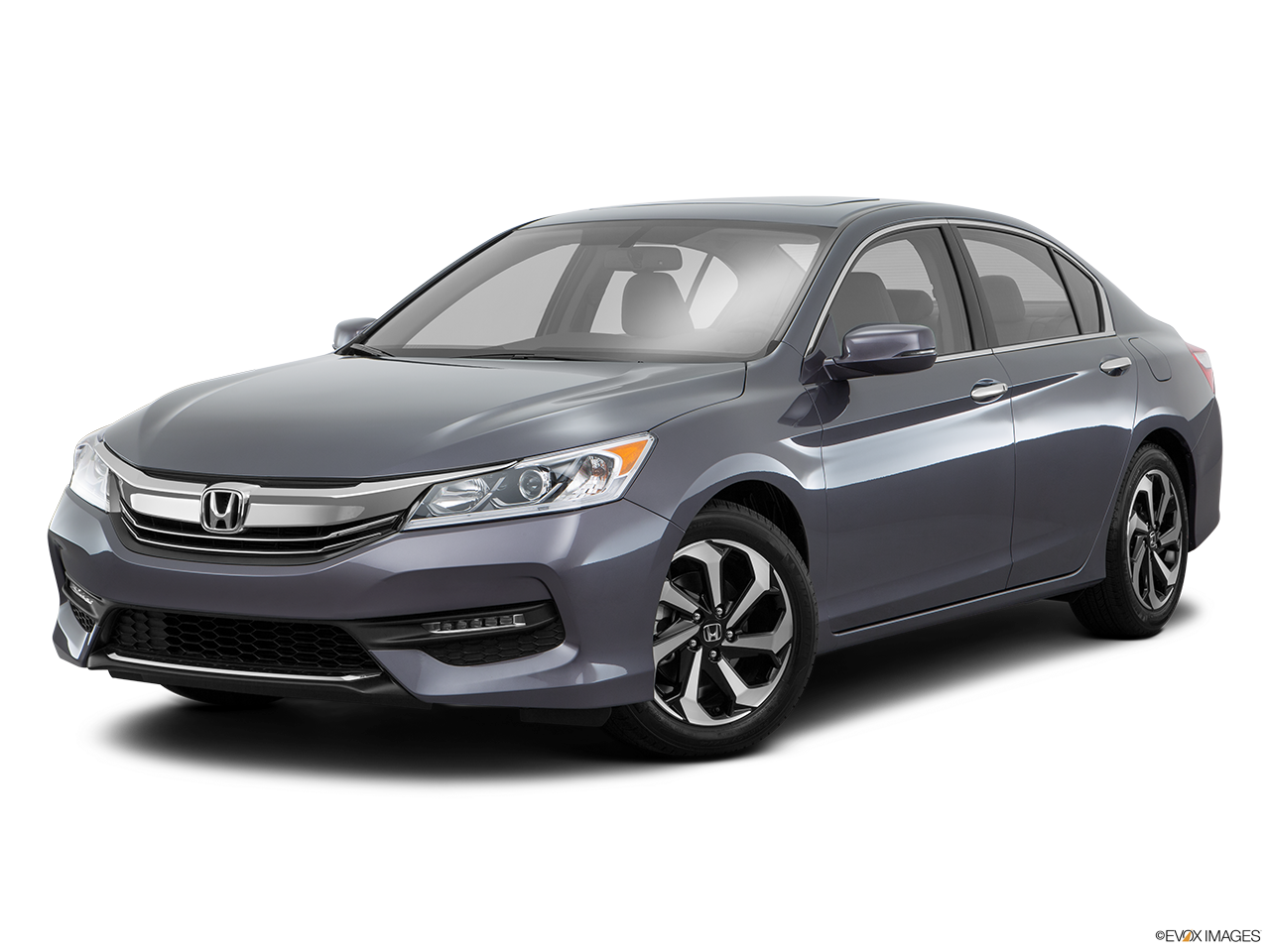
Highlights
Exterior styling updates include new LED taillights for all models, LED headlights for EX-L and Touring
Updated suspension tuning for improved ride and handling
New 7-inch touchscreen with Apple CarPlay® and Android Auto™ (EX and above)
Honda Sensing driver assist package optional on all trim levels
Accord Hybrid dropped
Learn more
2015 Honda Accord
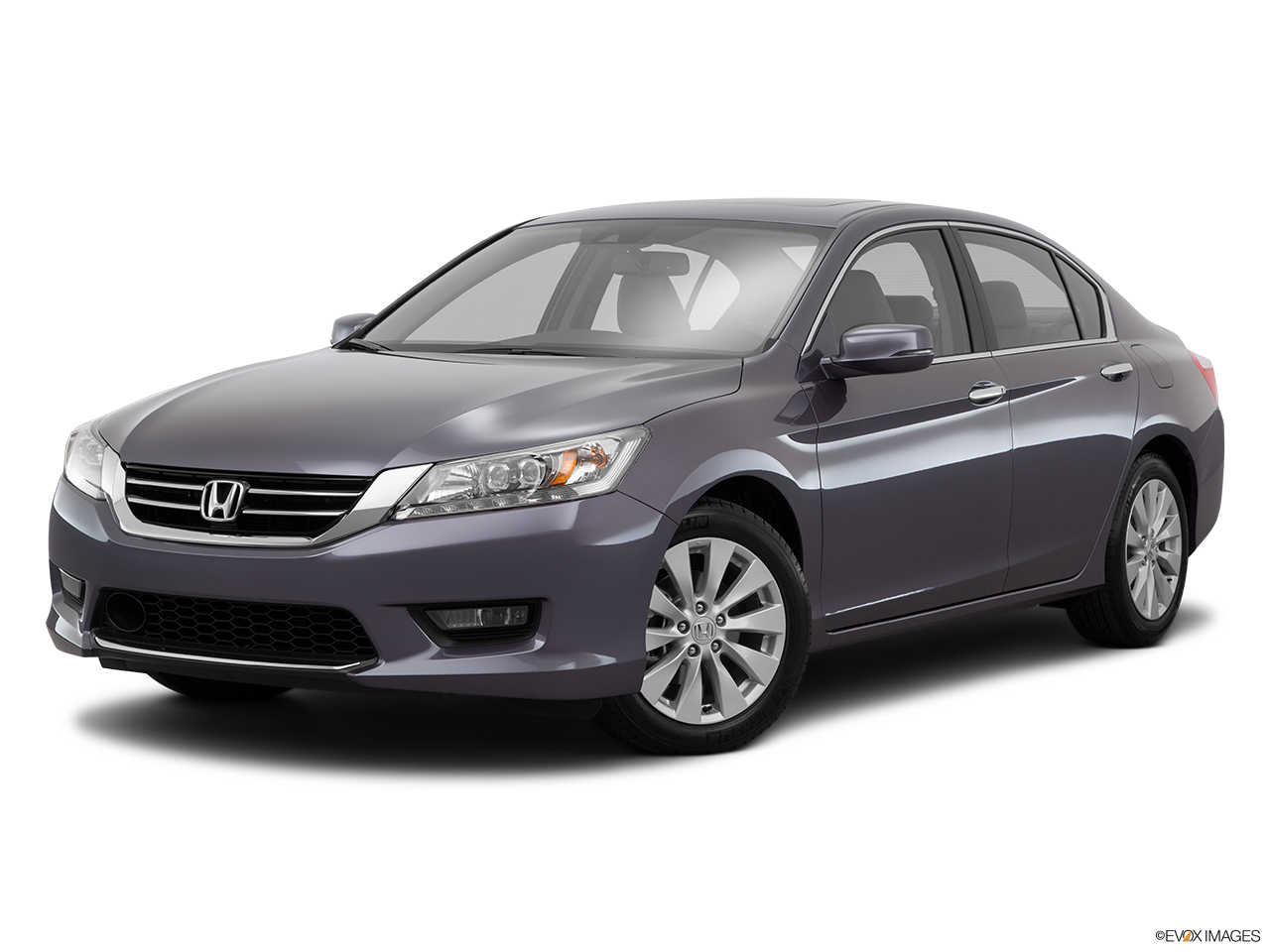
Highlights
No significant changes
Accord Plug-In Hybrid discontinued (standard Hybrid still available)
Learn more
2014 Honda Accord
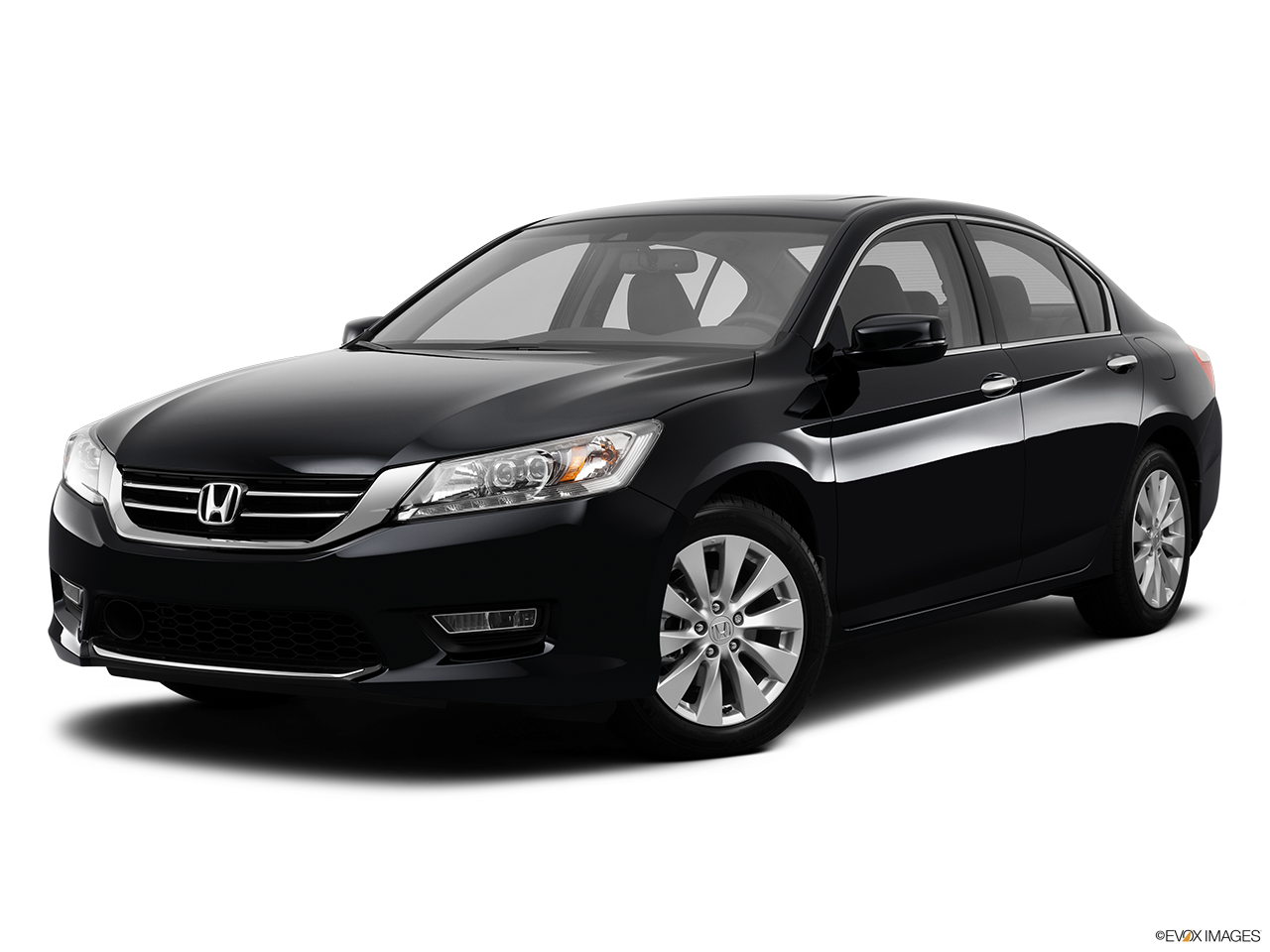
Highlights
Accord Hybrid introduced
Accord Plug-In Hybrid introduced in California and New York
Learn more
2013 Honda Accord
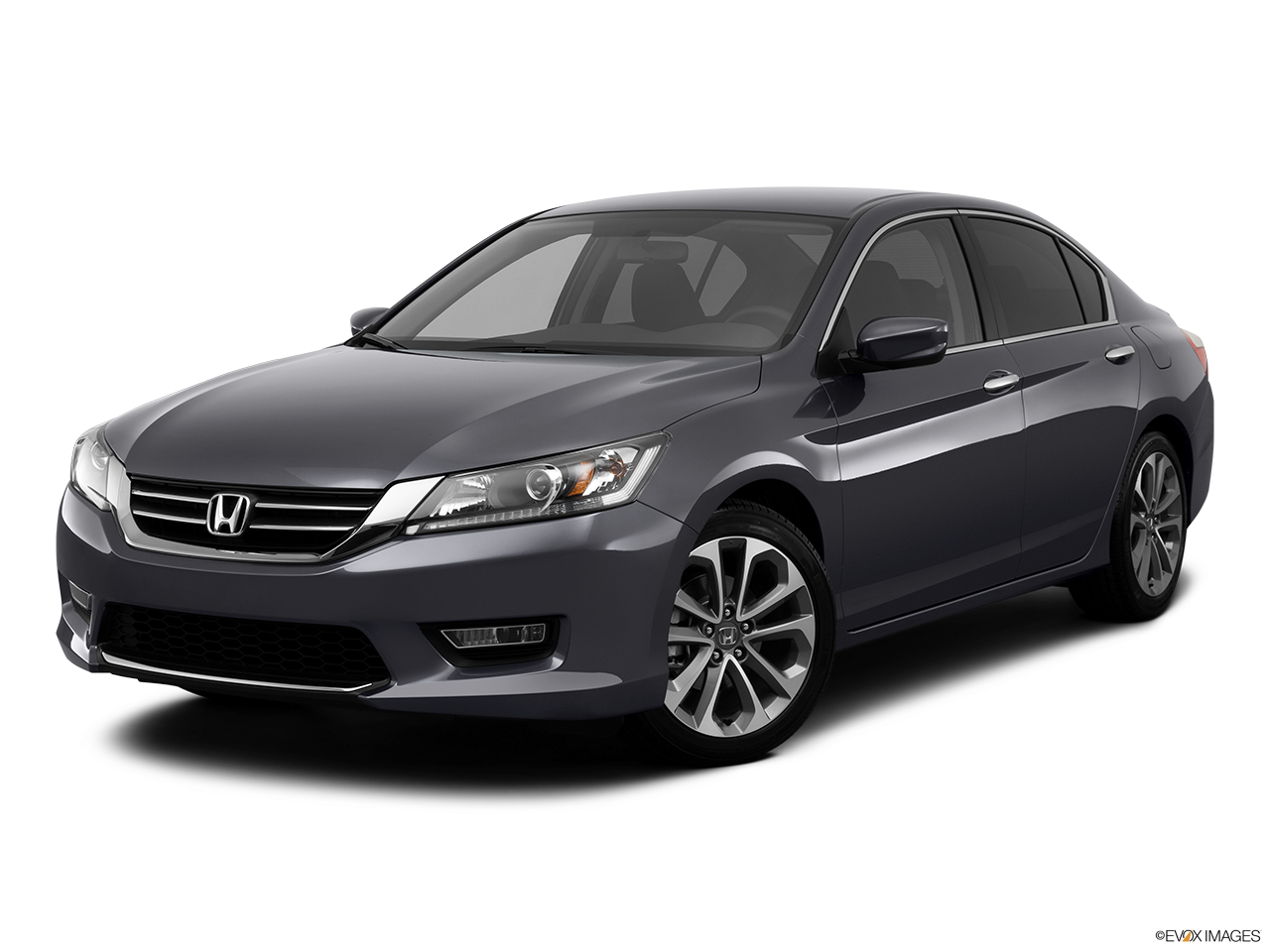
Highlights
All-new ninth-generation Accord with sleeker exterior styling, roomy interior, and more cargo space than 2008-2012 models
Features include standard USB audio interface, backup camera, dual-zone automatic climate control
Forward collision warning and lane departure warning available (EX-L and Touring)
Learn more
Looking for 2012 models or older?
CarMax only sells 2013 models and newer. But no matter the year, we'll happily buy your car.
Reliability
RepairPal gave the Honda Accord an overall reliability rating of 4.5 out of 5 stars, which RepairPal describes as Excellent. This rating ranks Honda Accord 5th out of 28 among Midsize Cars.
RepairPal reports that the average total annual cost for repairs and maintenance on a Honda Accord is $377, compared to an average of $430 for Midsize Cars and $591 for all the vehicles RepairPal considered in its dataset.
According to RepairPal, Honda Accord owners bring their vehicles into a repair shop for unscheduled repairs an average of 0.7 times per year, compared to an average of 0.9 times for Midsize Cars and 1.3 times for all the vehicles RepairPal considered in its dataset.
RepairPal reported that the probability of a repair being a severe or major issue is 8% for the Honda Accord, compared to an average of 12% for Midsize Cars and 14% for all the vehicles RepairPal considered in its dataset.
We hope you found this information helpful. This content is intended to inform and is not meant to provide legal, financial or investment advice. We make every effort to provide accurate information, but please verify before transacting and consider talking to a qualified professional about your unique circumstances.
Statements of fuel economy or EV range are based on EPA and other third-party estimates for vehicles when new. Fuel economy and EV range will degrade with time and vary based on age, driving conditions, vehicle history, and other conditions. See fueleconomy.gov for more info.
Editorial content contained on this page comes from Edmunds.com, Inc., a subsidiary of CarMax Enterprise Service, LLC, and information related to featured vehicles comes from third-party sources, including manufacturer information. Product and company names may be trademarks or registered trademarks of third-party entities. Use of them does not imply any affiliation with or endorsement by these entities. By clicking on any video links, you will be taken to a third-party site maintained by YouTube, Inc.
